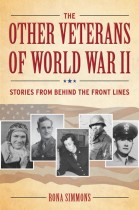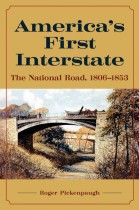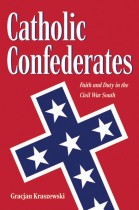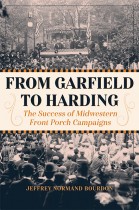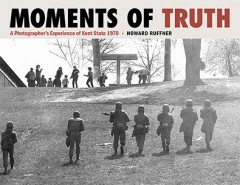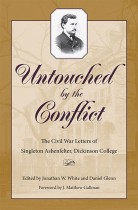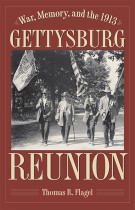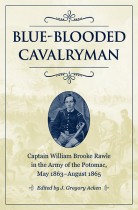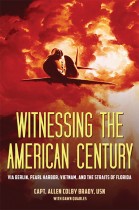Cambodia and Kent State
James A. Tyner and Mindy Farmer | Filed under: May 4 Resources, U.S. History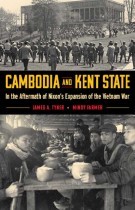
President Nixon’s announcement on April 30, 1970, that US troops were invading neutral Cambodia as part of the ongoing Vietnam War campaign sparked a complicated series of events with tragic consequences on many fronts. In Cambodia, the invasion renewed calls for a government independent of western power and influence. Here at home, Nixon’s expansion of the war galvanized the long-standing anti–Vietnam War movement, including at Kent State University, leading to the tragic shooting deaths of four students on May 4, 1970.

